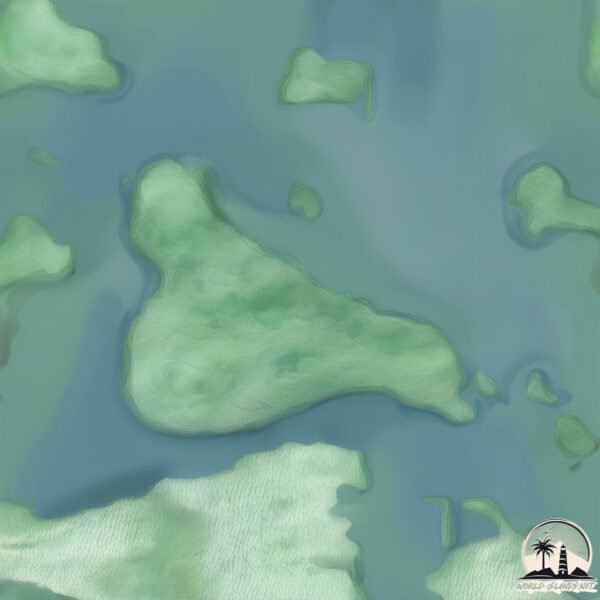Welcome to Guemes , a Temperate island in the The Coastal Waters of Southeast Alaska and British Columbia, part of the majestic Pacific Ocean. This guide offers a comprehensive overview of what makes Guemes unique – from its geography and climate to its population, infrastructure, and beyond. Dive into the details:
Geography and size of Guemes
Size: 21.5 km²Coastline: 26.6 kmOcean: Pacific OceanSea: The Coastal Waters of Southeast Alaska and British ColumbiaContinent: North America
Guemes is a Medium Island spanning 22 km² with a coastline of 27 km.
Archipel: –
Tectonic Plate: North America – Covers North America and parts of the Atlantic and Arctic Oceans, characterized by diverse geological features and varying levels of seismic activity.
The geographic heart of the island is pinpointed at these coordinates:
Climate and weather of Guemes
Climate Zone: TemperateClimate Details: Warm-Summer Mediterranean ClimateTemperature: Warm Summer
Climate Characteristics: Characterized by warm, dry summers and mild, wet winters, typical of coastal areas with abundant sunshine Rain is more common in the winter months, maintaining a moderate climate.
Topography and nature of Guemes
Timezone: UTC-08:00Timezone places: America/Los_AngelesMax. Elevation: 147 m Mean Elevation: 40 mVegetation: Evergreen Needleleaf ForestTree Coverage: 90%
The mean elevation is 40 m. The highest elevation on the island reaches approximately 147 meters above sea level. The island is characterized by Plains: Flat, low-lying lands characterized by a maximum elevation of up to 200 meters. On islands, plains are typically coastal lowlands or central flat areas.
Dominating Vegetation: Evergreen Needleleaf Forest
Vegetation: 7 vegetation zones – Very Highly Diverse Island
Infrastructure and Travelling to Guemes
Does the island have a public airport? no .
Does the island have a major port? no .
The mean population of Guemes is 35 per km². Guemes is Gently Populated. The island belongs to United States of America .
Continuing your journey, Cypress is the next notable island, situated merely km away.
Guemes Island: The Secret San Juan Island?
Subscribe for more insider guides, luxury market insights, and curated living inspiration across the North Puget Sound.
Guemes Island: The Secret San Juan Island?
Subscribe for more insider guides, luxury market insights, and curated ...
Subscribe for more insider guides, luxury market insights, and curated living inspiration across the North Puget Sound.
A Day on Guemes Island
Guemes Island is a short ferry ride from Anacortes.
Guemes Island is a short ferry ride from Anacortes.
Guemes Island
Five minutes by ferry from Anacortes...a world away. Explore by car or ...
Five minutes by ferry from Anacortes...a world away. Explore by car or bicycle. Hike to the top of Guemes Mountain for a 360 ...
United States of America is classified as Developed region: G7: Group of Seven – Major advanced economies, including Canada, France, Germany, Italy, Japan, the United Kingdom, and the United States. The level of income is High income: OECD.
News – Latest Updates and Headlines from Guemes
Stay informed with the most recent news and important headlines from Guemes. Here’s a roundup of the latest developments.
Loading...
Please note: The data used here has been primarily extracted from satellite readings. Deviations from exact values may occur, particularly regarding the height of elevations and population density. Land area and coastline measurements refer to average values at mean high tide.

